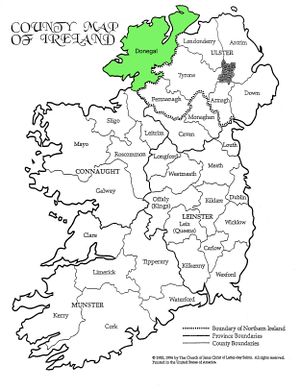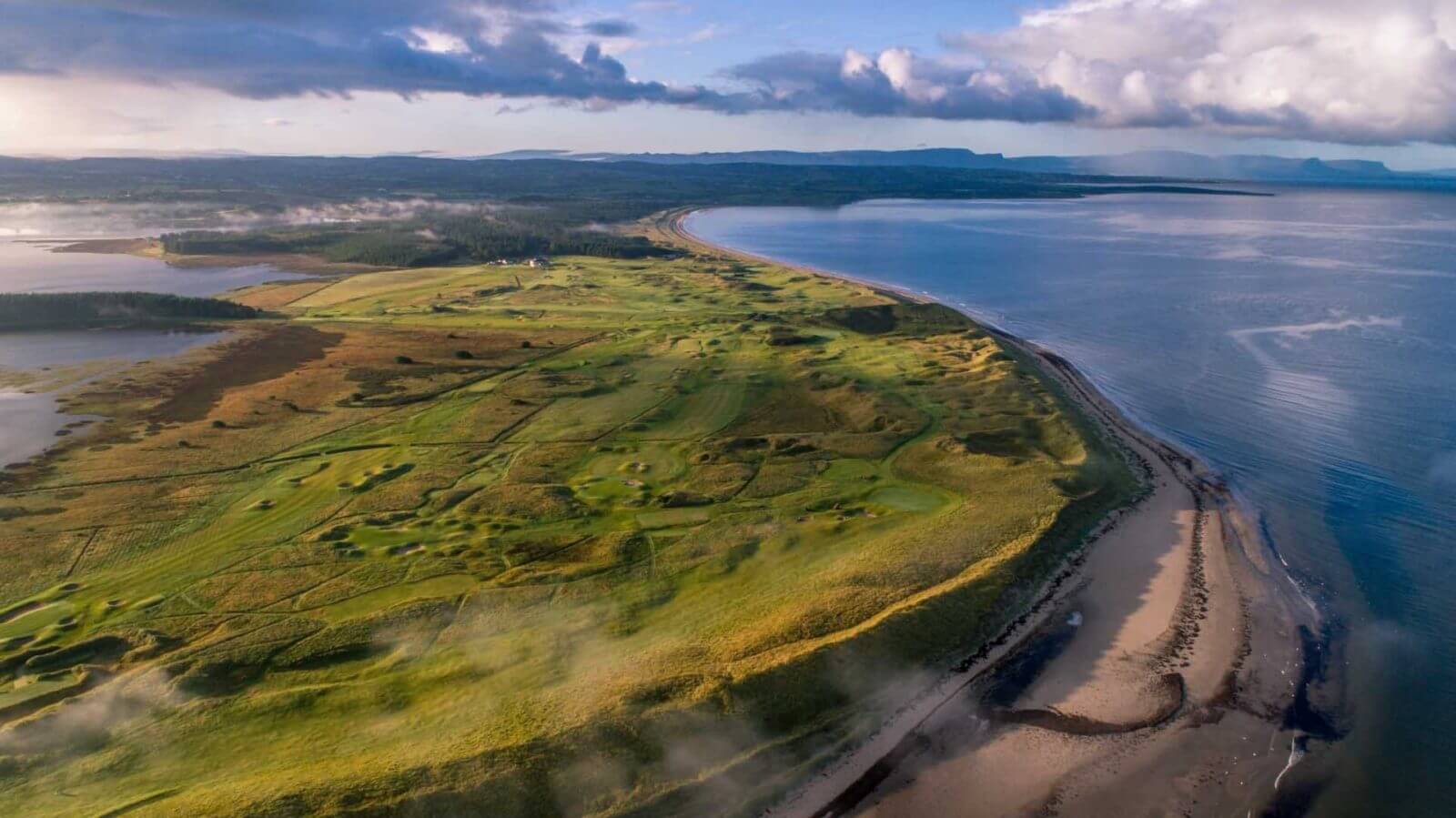The Plantation of the Laggan, Co Donegal - AskAboutIreland.ie Fundamentals Explained


We Love Donegal - HOME
The 5-Minute Rule for Donegal County, Ireland - World Trade Center St Louis
Significant bird types include barnacle geese, corn crakes, northern lapwings (Ireland's national bird), grey herons, Long-eared owls, golden eagles, barn owls, yellowhammers, storm petrels, Arctic skuas, wrens, golfinches, Atlantic puffins, razorbills, ravens, curlews and redshanks. In Solution Can Be Seen Here of its northerly latitude and geographical seclusion, Donegal likewise hosts two species of amphibian (typical frog & smooth amphibian) and two reptile species (Leatherback turtle & viviparous lizard).
Due to interbreeding, the majority of deer in the county are now a Sika-Red deer hybrid. The Wild Ireland wildlife park near Burnfoot showcases a few of Donegal's historic animal species that were hunted to extinction, including brown bears, lynxes and gray wolves. In 2001, the golden eagle was reintroduced into Glenveagh National Forest and is presently Ireland's only breeding population.

County Donegal Travel Guide Resources & Trip Planning Info by Rick Steves
The survey was put together utilizing the algal records held in the herbaria of the following institutions: the Ulster Museum, Belfast; Trinity College Dublin; NUI Galway, and the Nature Museum, London. Records of blooming plants consist of (Stephenson and Stephenson) So. Climate [edit] Most of Donegal has a temperate oceanic climate (Kppen environment category: Cfb), with upland areas in the Derryveagh and Blue Stack ranges categorized as oceanic subpolar (Kppen climate classification: Cfc).
How 10 Good Reasons to Visit County Donegal - The Irish Store can Save You Time, Stress, and Money.

Due to the topography of western Donegal, it gets orographic rains, where air is forced to rise on contact with its mountainous shoreline and subsequently cools and condenses, forming clouds. The mountains of Donegal are amongst the cloudiest locations in Ireland, and northern Donegal is the windiest. Irish regular monthly record wind speeds for March, June, July, September, November and December have all been set at Malin Head.
The Atlantic ocean has a considerable cooling impact and, due to the county's long, thin shape and punctuated coastline, nowhere in Donegal is especially far from the ocean, providing it a normally cooler environment that is more comparable to western Scotland than the rest of Ireland. The average optimum temperature level in July at Malin Head is simply 16.
Nevertheless, due to its exposed seaside location the environment at Malin Head is not agent of the majority of the county. Winds are much lighter in the county's interior and temperatures are cooler in the winter and warmer in the summer. Annual rains in the county varies from around 850 mm (33 in) in the lowlands of north-eastern Donegal to over 2,000 mm (79 in) in western mountainous areas.
